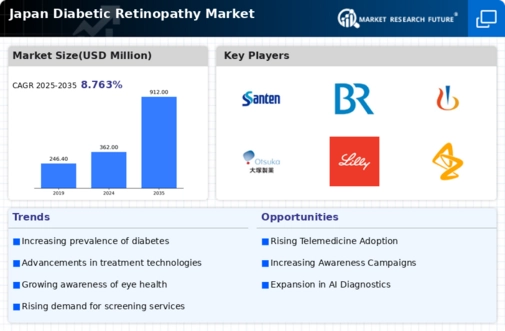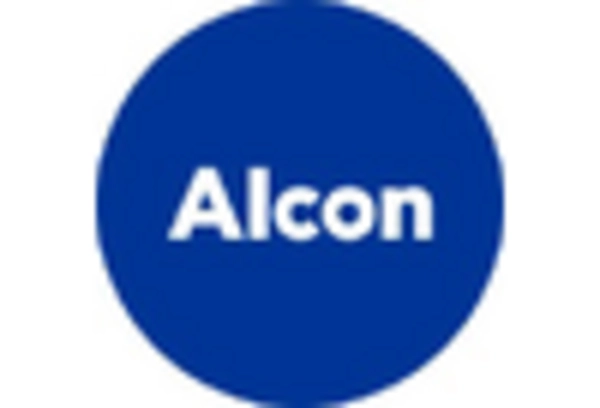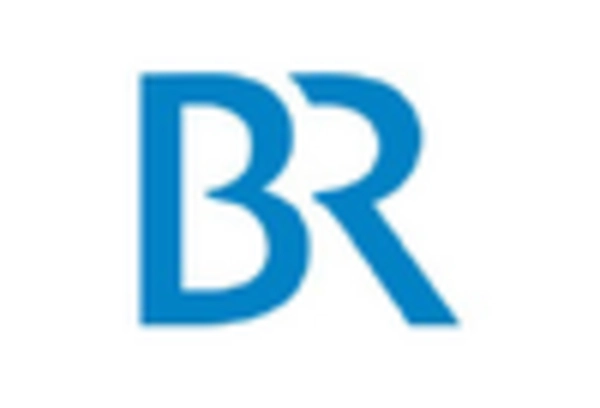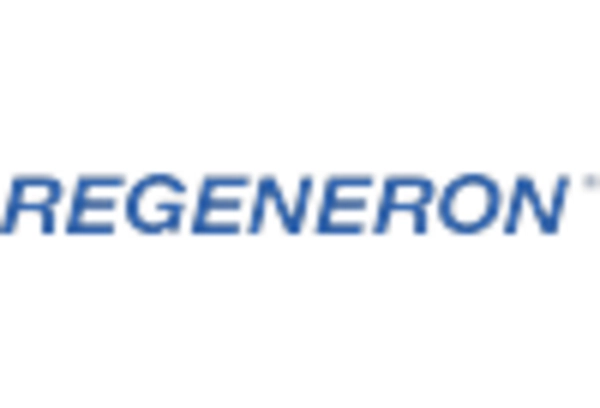Aging Population Impact
The aging population in Japan is a critical driver for the diabetic retinopathy market. As individuals age, the prevalence of diabetes increases, leading to a higher incidence of diabetic retinopathy. According to recent statistics, approximately 20% of the elderly population in Japan suffers from diabetes, which correlates with a significant rise in diabetic retinopathy cases. This demographic shift necessitates enhanced screening and treatment options, thereby propelling market growth. The healthcare system is adapting to these changes by investing in specialized training for healthcare professionals and expanding access to retinal screening technologies. Consequently, The market is likely to experience substantial growth as the population ages and the demand for effective management of diabetes-related complications escalates.
Rising Healthcare Expenditure
Rising healthcare expenditure in Japan is a significant driver for the diabetic retinopathy market. The government has been increasing its investment in healthcare services, particularly in the management of chronic diseases such as diabetes. In 2025, healthcare spending is projected to reach approximately ¥50 trillion, with a substantial portion allocated to diabetes care and its complications. This financial commitment is likely to enhance access to treatment options, including advanced therapies and surgical interventions for diabetic retinopathy. Moreover, increased funding for research and development in this field may lead to the introduction of innovative treatment modalities, further stimulating market growth. As healthcare expenditure continues to rise, The market is expected to benefit from improved resources and patient care.
Increased Awareness and Education
In Japan, increased awareness and education regarding diabetes and its complications are pivotal in driving the diabetic retinopathy market. Public health campaigns and educational programs have been implemented to inform the population about the risks associated with diabetes, including the potential for vision loss due to diabetic retinopathy. This heightened awareness has led to more individuals seeking regular eye examinations, which is crucial for early detection and treatment. As a result, the market is witnessing a surge in demand for diagnostic tools and therapeutic interventions. Furthermore, healthcare providers are focusing on patient education, emphasizing the importance of managing blood sugar levels to prevent the onset of diabetic retinopathy. This proactive approach is expected to contribute positively to the growth of the diabetic retinopathy market.
Advancements in Diagnostic Technologies
Advancements in diagnostic technologies are significantly influencing the diabetic retinopathy market in Japan. Innovations such as optical coherence tomography (OCT) and fundus photography have improved the accuracy and efficiency of diagnosing diabetic retinopathy. These technologies enable healthcare professionals to detect retinal changes at earlier stages, facilitating timely intervention. The market for these diagnostic tools is projected to grow, with estimates suggesting an increase of over 15% in the next five years. Additionally, the integration of artificial intelligence in diagnostic processes is enhancing the ability to analyze retinal images, further driving market growth. As healthcare facilities adopt these advanced technologies, the diabetic retinopathy market is likely to expand, providing better outcomes for patients.
Growing Demand for Minimally Invasive Procedures
The growing demand for minimally invasive procedures is shaping the diabetic retinopathy market in Japan. Patients increasingly prefer treatments that offer quicker recovery times and reduced complications. Techniques such as laser photocoagulation and intravitreal injections are gaining popularity due to their effectiveness and lower risk profiles. The market for these procedures is anticipated to grow as more healthcare providers adopt these methods in clinical practice. Additionally, advancements in technology are making these procedures more accessible, which is likely to attract a larger patient base. As the preference for minimally invasive options continues to rise, the diabetic retinopathy market is expected to expand, driven by patient demand for safer and more efficient treatment alternatives.

















Leave a Comment